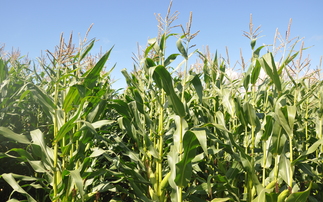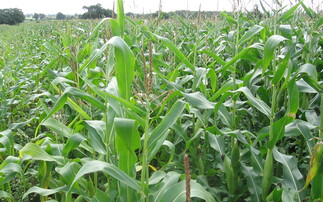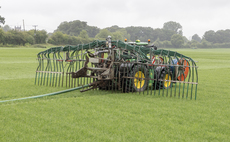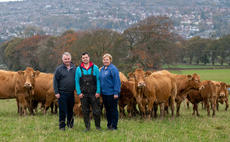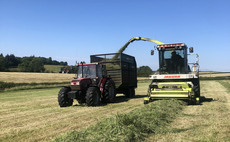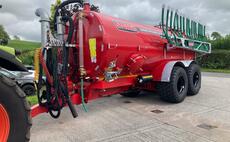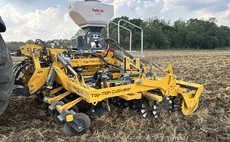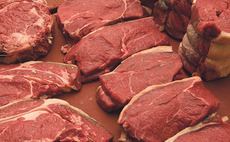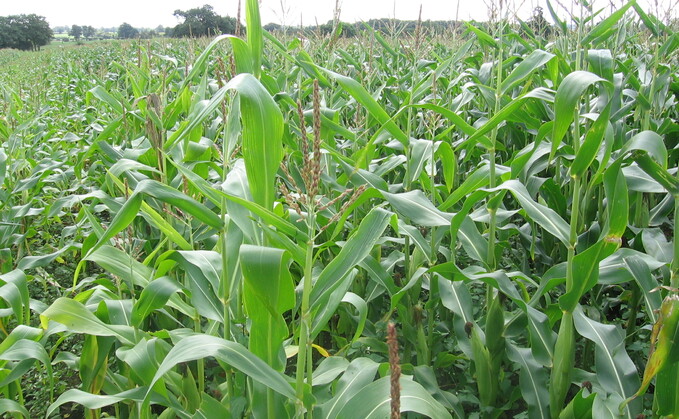
One outcome of the work done so far has been a larger area of land drilled with maize after autumn sown cereal crops failed or were not even drilled.
This is according to Peter Smith, silage expert with Volac, who is concerned that some land used for growing maize might be marginal, with the quality of crops reflecting poorer growing conditions. He says: "Looking ahead to this winter, the price of cereals and blends is likely to be high, so making the best quality maize and grass silage will be even more important this year.
"Maize is often harvested late when the leaves have died back resulting in reduced digestibility. The dead material will also harbour increased numbers of undesirable organisms which can lead to large fermentation losses and increased risk of heating.
"Ideally maize should be harvested when it is still green and before it starts to die off. It is always better to harvest it a little early if the weather is good rather than wait and be delayed by a change in the weather," Mr Smith advises.
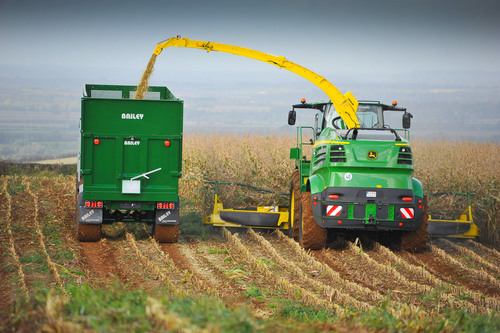
There is a common misconception that the main loss in the quality of maize silage is due to heating and while can occur, fermentation losses are constant at around 8 – 10% of the Dry Matter.
"Heating results in high dry matter losses and reduced palatability but if the clamp is managed well, and the maize is properly compacted, especially on the top and around the sides, this can often be avoided.
"Using a combination additive such as Ecocool will boost fermentation because it is very effective at reducing the yeast count to help reduce heating. It provides desirable bacteria for a more efficient fermentation retaining more of the energy to feed the animal. It is advisable to fill the clamp in layers of no more than 150mm thickness rather than a wedge and roll the maize well, especially along the shoulders. Use side sheets and cling film on top and place plenty of weight on the top of the sheet.
Even if there is surplus maize in the clamp after harvest, it should be treated as a valuable asset as if it is another long winter, forage stocks could be low and prices for forage will be high," Mr Smith adds.





